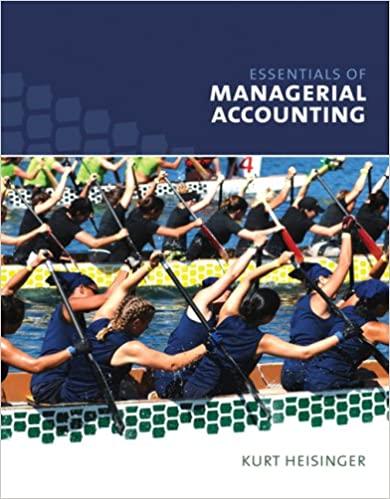
Part 2 4. Sensor Fusion (30 Marks) One of the techniques to determine the location of an object is via a process called triangulation. The method fuses bearing values of the object from multiple (usually two) locations. The following figure illustrates the concept using two locations. (1) Consider that the bearing values (4 and 6 ) from two locations (Si and S2) are known. Also, the coordinate locations of Si and S2 are known to be (X.,Y1) and (X2,Y2). Find out the location (x,y) of the object using the geometric/trigonometric relations, i.e., write down the equations that relates the location of the object to the positions of Si and S2 and the respective bearing values from these locations. (11) Now consider that the bearing measurements can be obtained from direction- finding sensors. Also, assume that sensor measurements (in radians) are corrupted by noise so that the measurement equations are given by: 0 + w m=1,2 w~ N(0,02) where m is the true bearing value for sensor m. Hence, the sensor model is given by: 1 P(@_10)= Write down the expression to obtain the posterior distribution p(x,y(0)of the location of the object where 0 = [0,0]. Provide any assumptions that you make. Now, for parts (iii) and (iv) of the problem, assume the following: Locations of the sensors: S = [1,1] and S, = [4,1] Standard deviation of measurement noise for the two sensors: q = 0.1 and 2 = 0.2 Output from the sensor data are: & = 0.4530 and , = 2.3238. W e 2 (111) The MAP estimate of the object's location can be found by finding out the x and y that maximizes the posterior distribution obtained in part (1) above. Write down a simple Matlab/Python code that searches in the region -100 5x5100 and 100 Sy 5100 to find the MAP estimate of the object's location. The Bayes estimates of the object's location can be obtained using the following equations: (iv) XgauEs = [ { xp(x,y|0)dxdy Yeaves = [yp(x,y|0) dxdy Write down a Matlab/Python code to obtain the estimate of location using the above equation. Assume the same range of x and y as given in part (111) Part 2 4. Sensor Fusion (30 Marks) One of the techniques to determine the location of an object is via a process called triangulation. The method fuses bearing values of the object from multiple (usually two) locations. The following figure illustrates the concept using two locations. (1) Consider that the bearing values (4 and 6 ) from two locations (Si and S2) are known. Also, the coordinate locations of Si and S2 are known to be (X.,Y1) and (X2,Y2). Find out the location (x,y) of the object using the geometric/trigonometric relations, i.e., write down the equations that relates the location of the object to the positions of Si and S2 and the respective bearing values from these locations. (11) Now consider that the bearing measurements can be obtained from direction- finding sensors. Also, assume that sensor measurements (in radians) are corrupted by noise so that the measurement equations are given by: 0 + w m=1,2 w~ N(0,02) where m is the true bearing value for sensor m. Hence, the sensor model is given by: 1 P(@_10)= Write down the expression to obtain the posterior distribution p(x,y(0)of the location of the object where 0 = [0,0]. Provide any assumptions that you make. Now, for parts (iii) and (iv) of the problem, assume the following: Locations of the sensors: S = [1,1] and S, = [4,1] Standard deviation of measurement noise for the two sensors: q = 0.1 and 2 = 0.2 Output from the sensor data are: & = 0.4530 and , = 2.3238. W e 2 (111) The MAP estimate of the object's location can be found by finding out the x and y that maximizes the posterior distribution obtained in part (1) above. Write down a simple Matlab/Python code that searches in the region -100 5x5100 and 100 Sy 5100 to find the MAP estimate of the object's location. The Bayes estimates of the object's location can be obtained using the following equations: (iv) XgauEs = [ { xp(x,y|0)dxdy Yeaves = [yp(x,y|0) dxdy Write down a Matlab/Python code to obtain the estimate of location using the above equation. Assume the same range of x and y as given in part (111)







